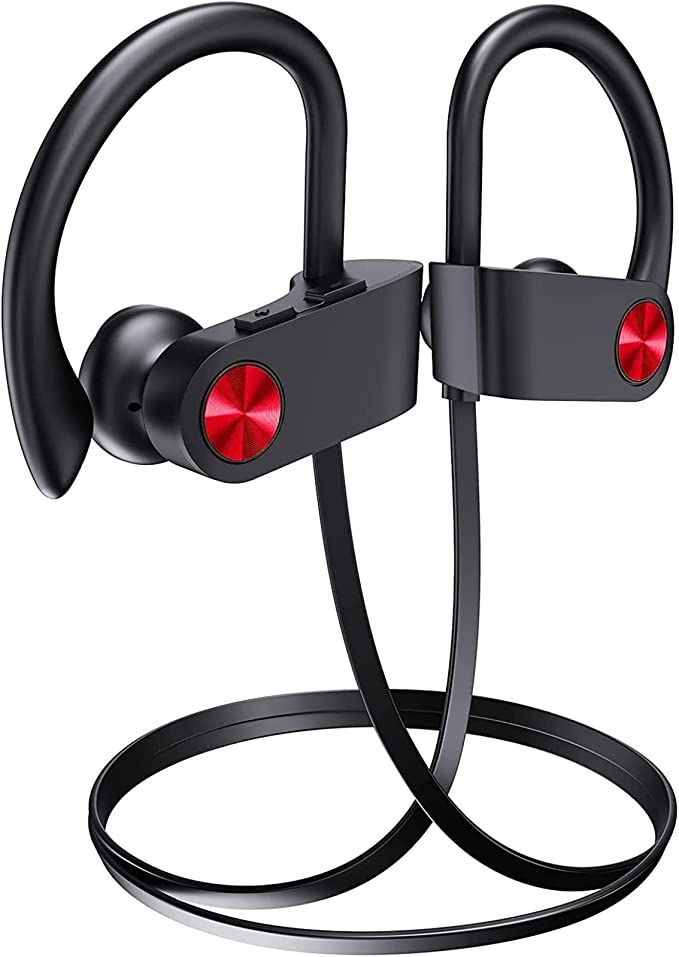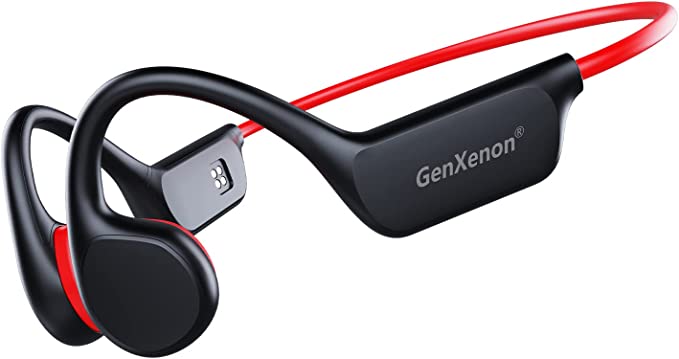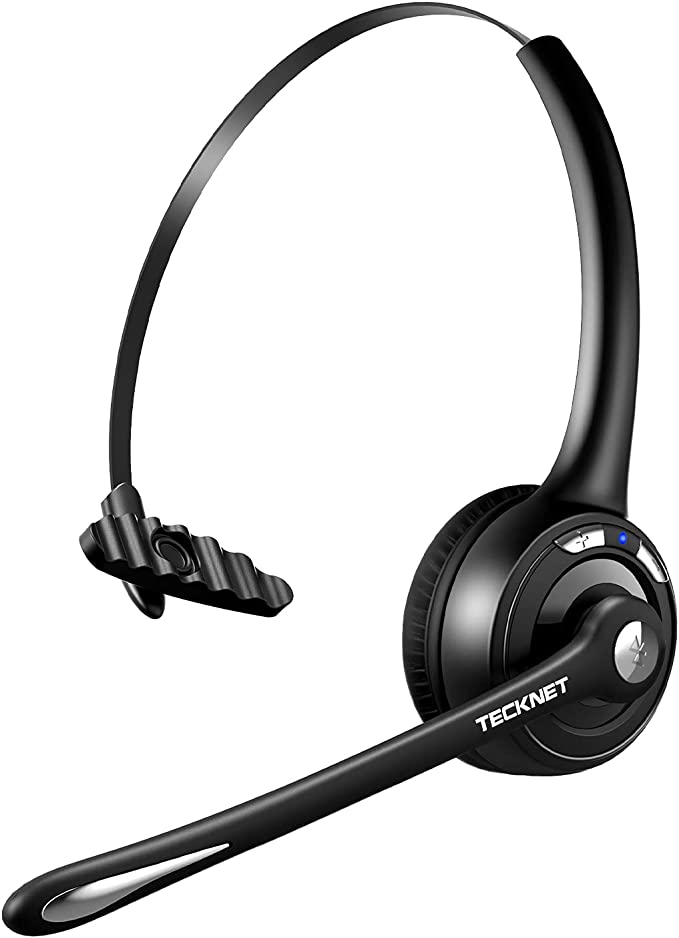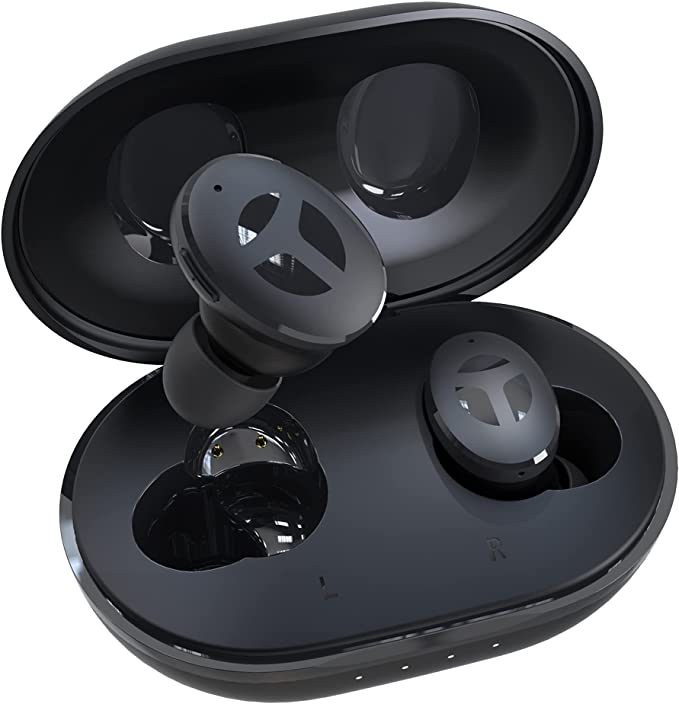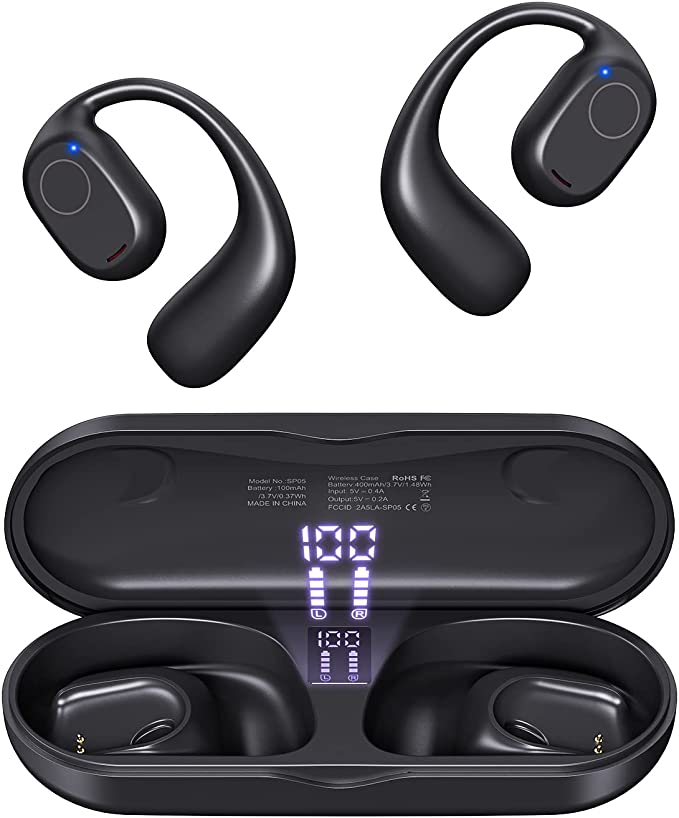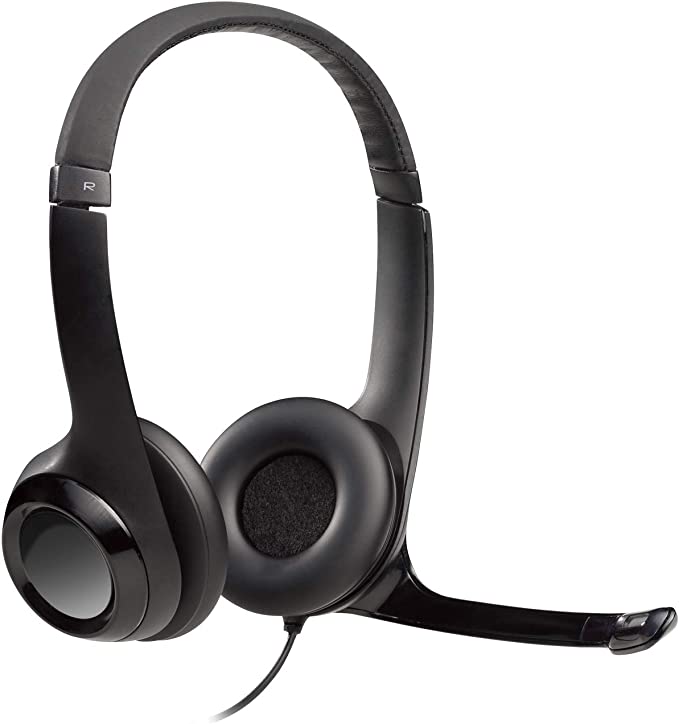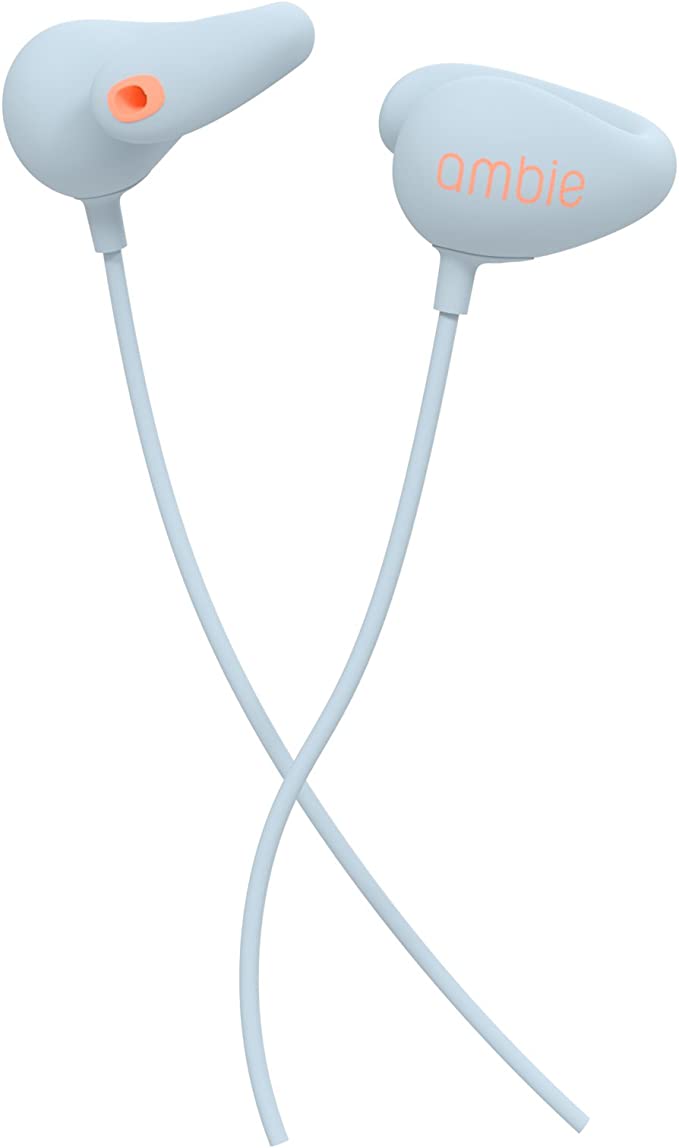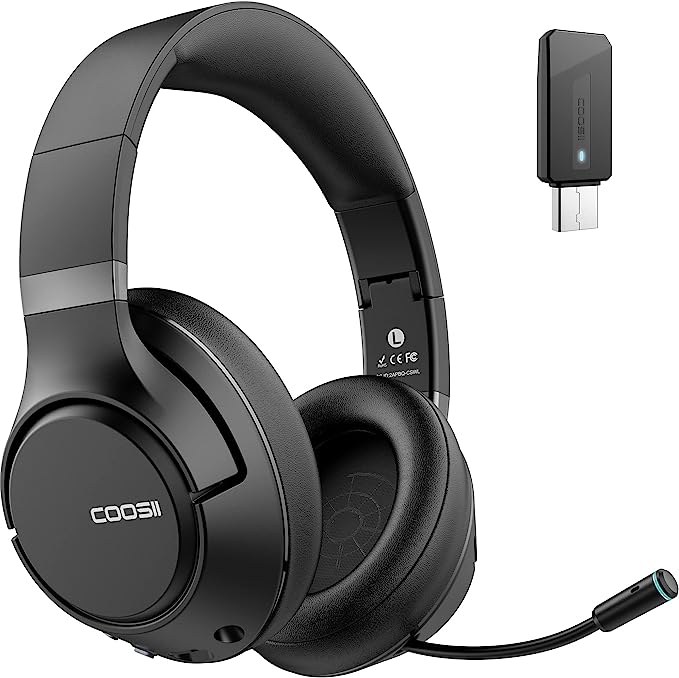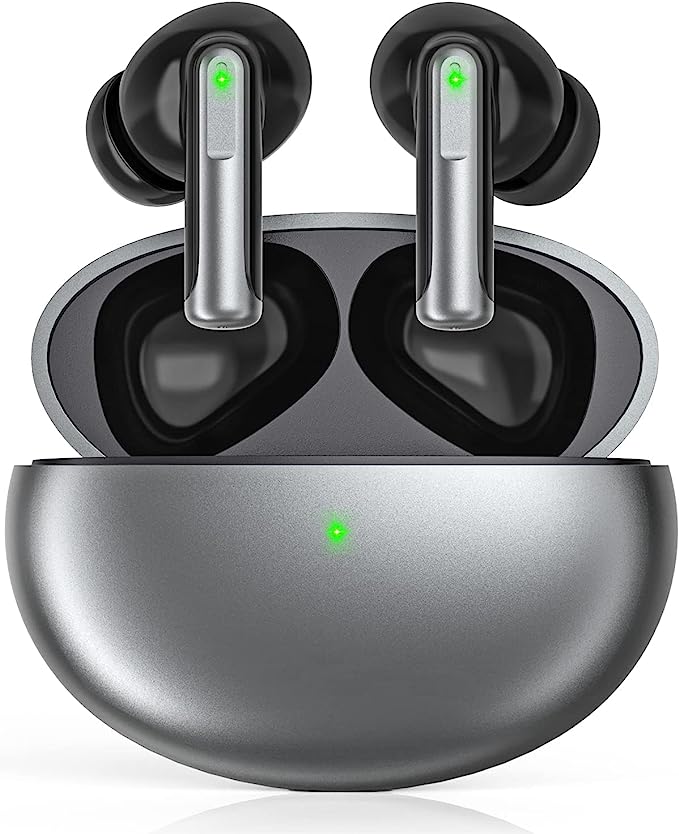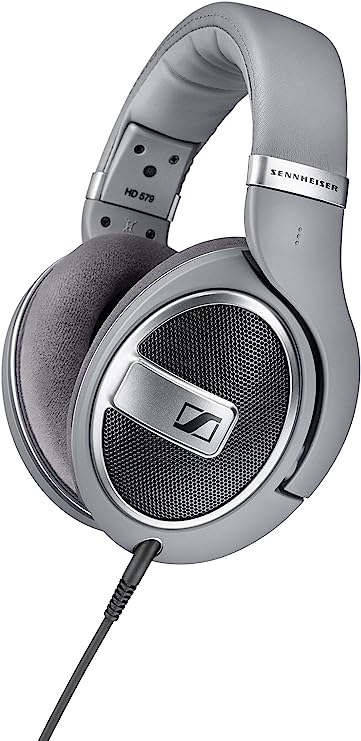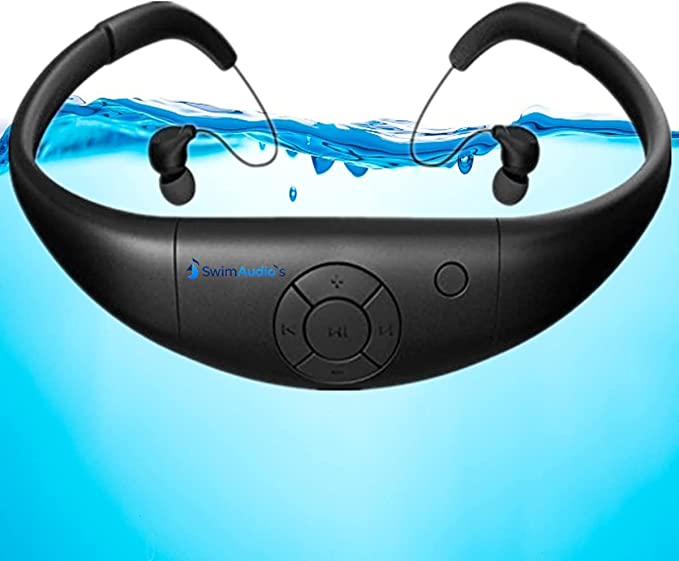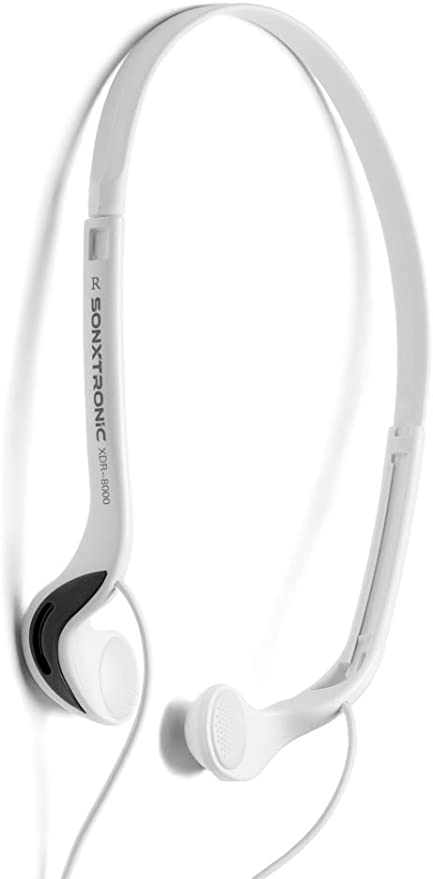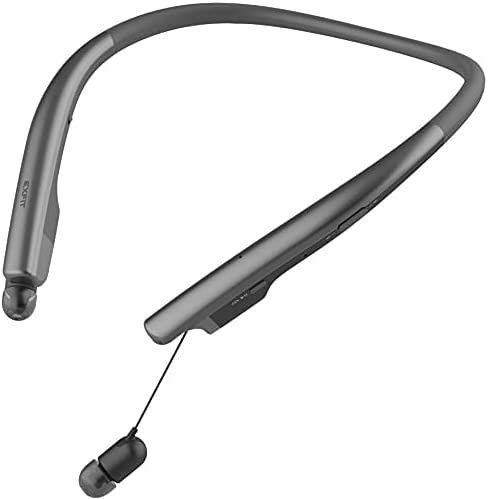The Engineer's Touch: Deconstructing the Audio-Technica AT-LP70XBT Wireless Turntable
Update on Aug. 8, 2025, 3:31 p.m.
In the quiet corners of our hyper-digital lives, a quiet revolution is turning. The vinyl record, once a relic of a bygone era, has returned not merely as a nostalgic novelty, but as a statement—a conscious choice for a more tangible, deliberate relationship with music. Yet, this renaissance presents a fascinating engineering paradox. How do we reconcile the warm, mechanically-derived purity of analog audio with a modern lifestyle built on the seamless convenience of wireless technology? It’s a question that pits the physical against the ethereal. The Audio-Technica AT-LP70XBT is not just a product that sits at this crossroads; it is a thoughtful, engineered answer, a device that seeks to prove that tradition and transformation can, in fact, spin together on the same platter.
To truly understand this turntable, we must look past its feature list and see it as its designers did: a series of physics problems to be solved. Each design choice, from the motor placement to the curve of the tonearm, is a calculated move in a complex game against the unwanted artifacts—noise, distortion, and vibration—that threaten to contaminate the pure signal nestled within a record’s delicate grooves.

A Silent Revolution: The War on Vibration
The most fundamental challenge in turntable design is the battle for silence. The signal produced by a phono cartridge is extraordinarily faint; any extraneous vibration that reaches the stylus will be amplified thousands of times along with the music, emerging as a low-frequency “rumble” that muddies the sound and robs it of clarity. The AT-LP70XBT wages this war on multiple fronts, beginning with its adoption of the classic belt-drive system.
Unlike a direct-drive system where the motor is coupled to the platter, here the motor is physically offset. An unassuming elastic belt acts as the crucial intermediary, a mechanical buffer that absorbs the motor’s inherent micro-vibrations before they can ever reach the platter. Think of it as a suspension bridge for rotational energy, isolating the sensitive playback area from the engine room. This design choice is foundational to achieving a high signal-to-noise ratio—a metric where the AT-LP70XBT clocks in at 55 dB, quantifying the crucial gap between the musical signal and the background noise floor.
But the fight doesn’t stop there. The turntable’s “three-piece, anti-resonance chassis” is another key strategy. Rather than using a single, solid block of material which can have a single, pronounced resonant frequency, this construction uses different components to dissipate vibrational energy more effectively. The final piece of this acoustic puzzle is the external AC adapter. By moving the noisy process of converting AC wall power to clean DC power outside of the main chassis, a significant source of potential electrical interference is removed from the vicinity of the delicate phono signal path. Each of these decisions works in concert, creating a layered defense to ensure the only vibrations the stylus traces are the ones pressed into the vinyl itself.

The Geometry of Sound: Why a J-Shaped Tonearm Matters
Once the foundation is silent, the next challenge is precision. The tonearm is arguably the most critical piece of mechanical engineering on any turntable. Its mission is to guide the stylus on a journey of miles through a microscopic landscape, maintaining perfect contact with the groove walls. Here, we encounter the subtle but pervasive problem of tracking error.
Imagine trying to drive a car through a long, arcing tunnel. If your car could only pivot from a single point outside the tunnel, you would never be able to keep it perfectly parallel to the tunnel walls at all times. You would start at an angle, be straight in the middle, and end at an angle again. A standard pivoting tonearm faces the same geometric dilemma. This slight angular misalignment of the stylus in the groove causes distortion. This is where the elegant curve of the J-shaped tonearm comes into play.
The “J” shape is not an arbitrary aesthetic choice; it is a precise geometric solution that has been refined over decades of high-fidelity design. The curve allows the cartridge to be mounted at a specific offset angle, which, combined with the tonearm’s length, creates “null points”—two specific locations on the record where the tracking error is zero. By cleverly optimizing these points, the design drastically minimizes the average tracking error across the entire playing surface of the record. It’s a beautiful application of geometry to ensure the stylus reads the groove’s information as the cutting lathe originally intended, preserving the integrity of the stereo image and minimizing distortion.
The Heart of the Matter and the Path Forward
At the very tip of this precisely engineered arm lies the heart of the analog system: the AT-VM95C phono cartridge. This is where the magic happens, where physical motion is transduced into an electrical current. The included AT-VM95C with its durable conical stylus is a capable and musical performer right out of the box, a perfect entry point. However, the true genius of this choice lies in its future potential.
The cartridge is part of Audio-Technica’s acclaimed VM95 Series, meaning the entire stylus assembly is interchangeable. This single feature transforms the AT-LP70XBT from a simple appliance into a genuine audiophile platform. As your listening skills and system evolve, you can easily upgrade the stylus to an elliptical profile for better high-frequency tracking, or even to an advanced Microlinear or Shibata stylus. These more sophisticated shapes have a larger vertical contact area with the groove wall, allowing them to retrieve more detail, reduce distortion, and minimize record wear. This built-in upgrade path is a profound statement of the turntable’s long-term value, offering a tangible way to elevate its performance without replacing the entire unit.

Bridging the Divide: Analog Soul Meets Digital Intelligence
The most overt nod to the 21st century is, of course, the turntable’s wireless capability. But here too, the engineering is more sophisticated than simply adding a Bluetooth chip. The inclusion of Qualcomm® aptX™ Adaptive audio is a deliberate choice to mitigate the historical compromises of wireless sound.
Standard Bluetooth codecs often use a “one-size-fits-all” approach to data compression, which can result in a loss of sonic detail. aptX Adaptive, as its name suggests, is intelligent. It functions like a dynamic resource manager for your wireless connection. It constantly analyzes the radio frequency environment and the type of content being played, and then scales its bitrate accordingly between 279kbps and 420kbps. When you are engrossed in a critical listening session in a stable environment, it prioritizes audio quality, delivering a near-CD-quality stream. If you’re in a crowded Wi-Fi environment, it can seamlessly adjust to ensure a robust, stutter-free connection. This intelligent, real-time negotiation between fidelity and stability ensures the wireless experience is as close as possible to the turntable’s pure, wired analog output.
This thoughtful engineering extends to the user experience. The fully automatic operation is a welcome feature, providing a measure of safety and convenience that encourages daily use, while the built-in, switchable phono pre-amplifier offers universal compatibility, allowing the turntable to connect to everything from a vintage receiver to a modern powered speaker. It is this complete ecosystem of thoughtful design that defines the AT-LP70XBT. It’s a turntable engineered not just to play records, but to solve the problems that might prevent you from doing so, creating a seamless and rewarding bridge from the rich history of analog sound to the convenience of the present day.



